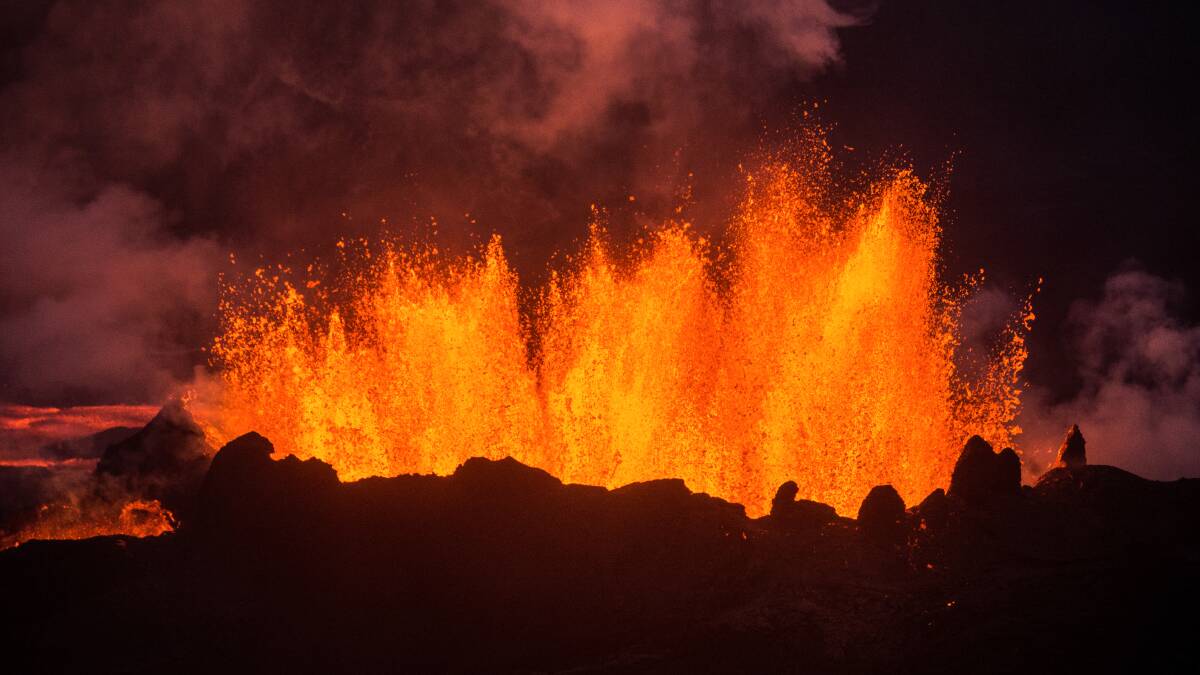
A volcanic eruption in Iceland has resulted in some scientists rethinking the impact of aerosols on climate change and global warming.
Subscribe now for unlimited access.
$0/
(min cost $0)
or signup to continue reading
Aerosols are tiny droplets of liquid or solid which are suspended in the air. They can come from both natural and anthropogenic sources, and they have a slight global cooling effect because they encourage clouds to form.
But what sorts of clouds, and how do they cool? According to a new paper in Nature Geoscience, it's not that they make clouds brighter, as previously thought. In fact, it's because aerosols make more clouds.
You might also like:
The researchers used the August 2014 eruption of a volcano at Holuhraun, in Iceland, to study the effect of aerosols on clouds over time. In the months following the eruption, the volcano spewed roughly 40,000 tonnes of Sulphur Dioxide (SO2) into the atmosphere each day.
"This massive aerosol plume in an otherwise near-pristine environment provided an ideal natural experiment to quantify cloud responses to aerosol changes," says lead author Dr Ying Chen, a researcher at the University of Exeter, UK.
The researchers used satellite imagery from 2001 to 2020 to examine the impact of the 2014 eruption.
They fed data into a machine learning program, examining both cloud cover and the brightness of clouds.
"Our analysis shows that aerosols from the eruption increased cloud cover by approximately 10 per cent," says Chen.
"Based on these findings, we can see that more than 60 per cent of the climate cooling effect of cloud-aerosol interactions is caused by increased cloud cover."
This finding is different to previous research, which has suggested that aerosols mostly cool clouds because they make them brighter and thus better at reflecting sunlight.
"Volcanic aerosols also brightened clouds by reducing water droplet size, but this had a significantly smaller impact than cloud-cover changes in reflecting solar radiation," says Chen.
- This article is published in partnership with Cosmos Magazine. Cosmos is produced by The Royal Institution of Australia to inspire curiosity in the world of science.

